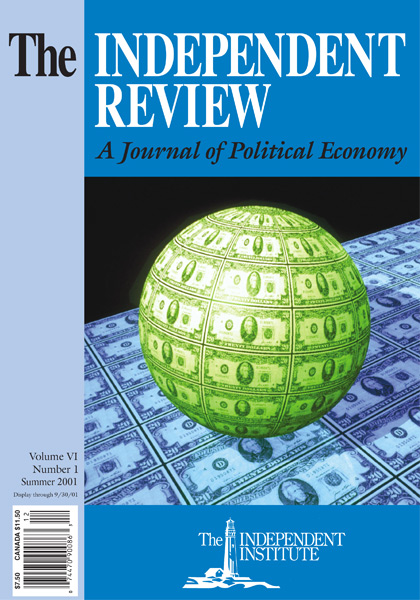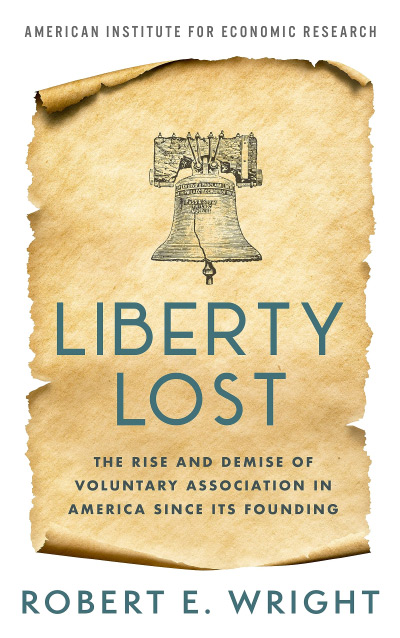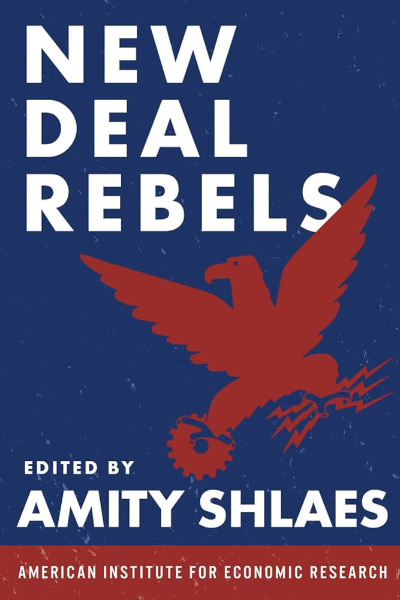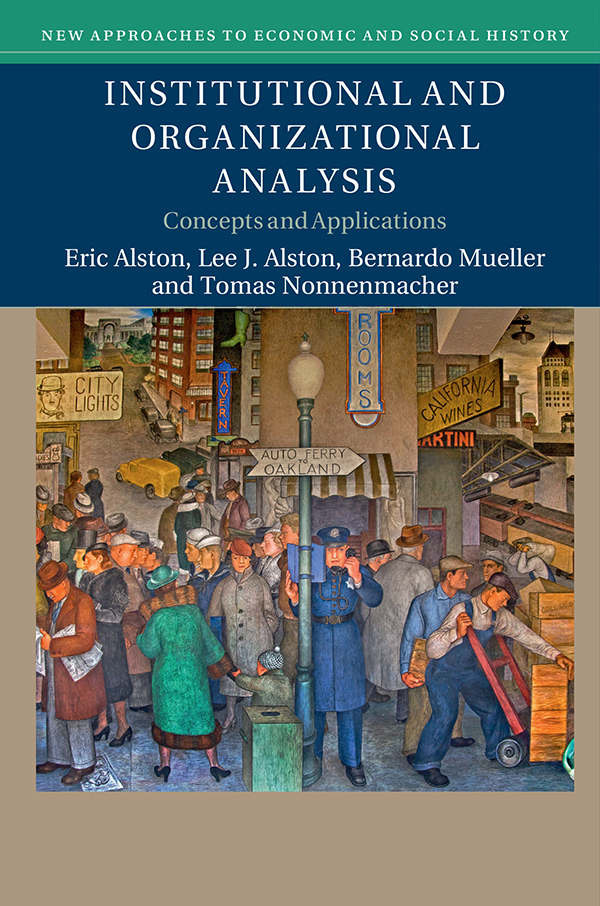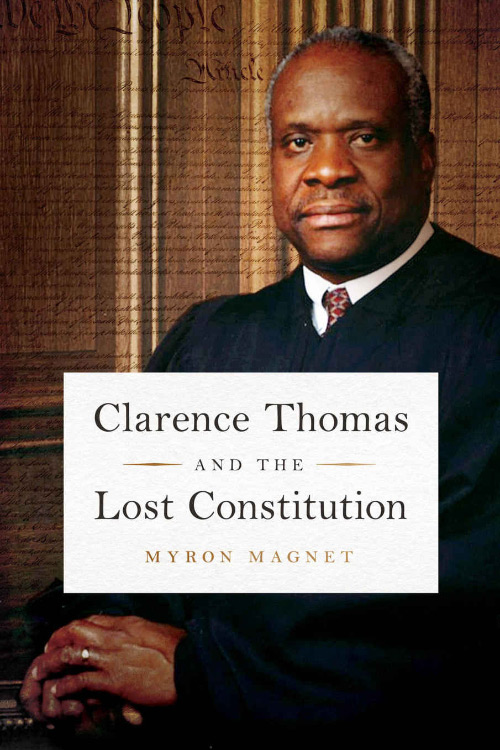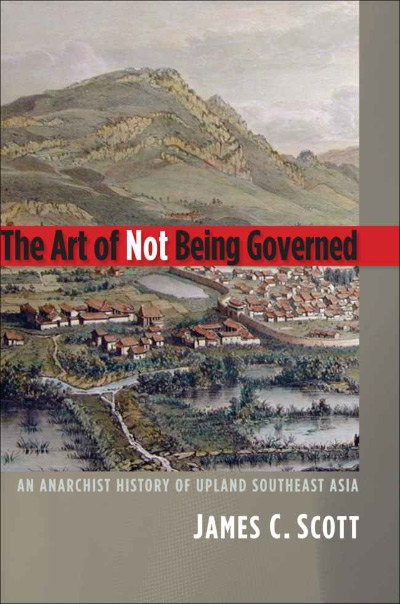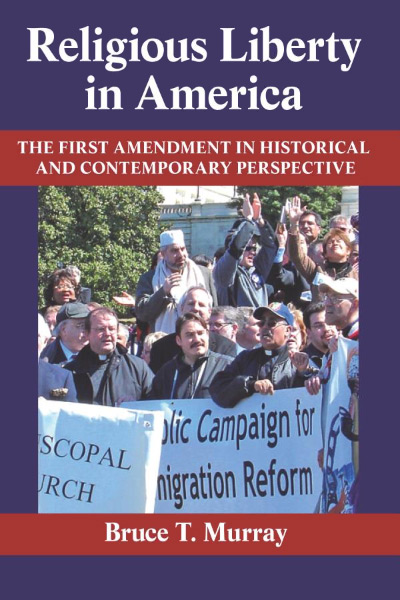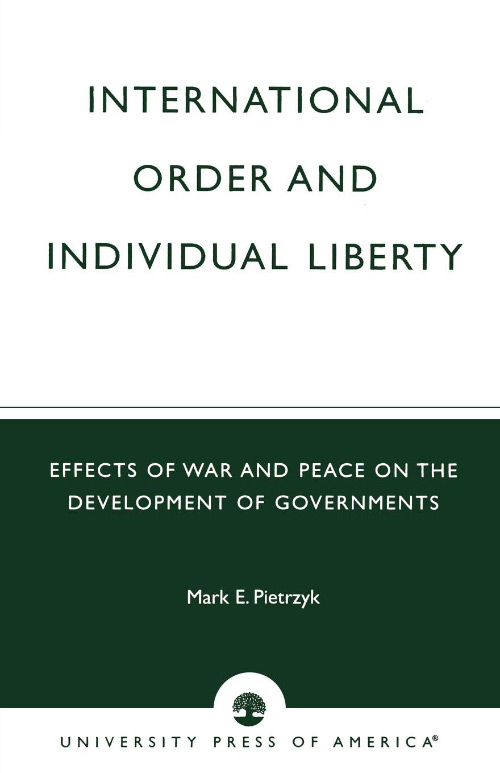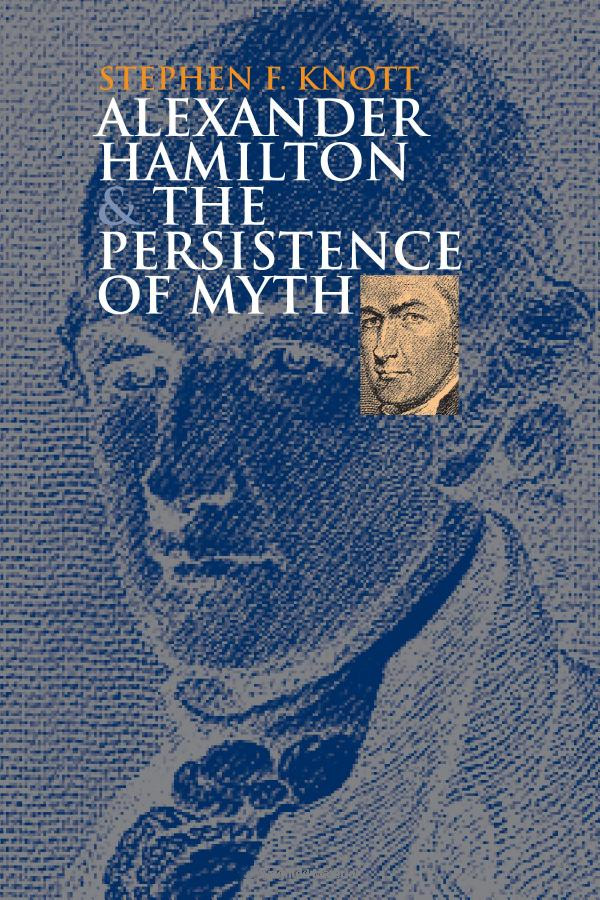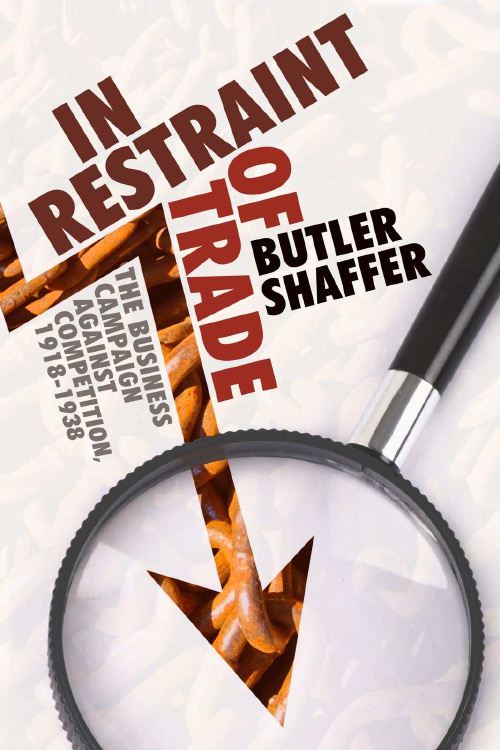Do we really need another book on the constitutional revolution of the 1930s? The history of that event has been examined so many times, from so many different angles, and with such agreement that it seems unlikely anything new, interesting, and true remains to be said. Rather, it seems the best we can hope for is some minor variation on the following account: after almost a half century of reading the Constitution so as to protect private property, the market economy, and limited government, the Supreme Court abruptly changed its mind in 1937, abandoning precedent and giving government a virtual carte blanche to regulate the economy. To be more precise, Justice Roberts, making the (in)famous “switch in time that saved the nine,” apparently changed his mind under the threat of Franklin Roosevelt’s Court-packing plan. The Court’s new interpretation was solidified and extended over the next few years, as aged justices retired, giving FDR the vacancies that his political maneuvers had failed to create. So why bother reviewing, much less writing, a book called Rethinking the New Deal Court?
The answer, according to Barry Cushman, a historian at the University of Virginia, is simple: the story we all know and love is wrong. In Cushman’s view, the claim that a cowardly Court (or even a cowardly justice) suddenly abandoned various doctrines to save itself from the machinations of the Roosevelt gang, is wrong on every detail. The doctrinal changes were not abrupt, but took place over a much longer period, as various justices gradually backed away from earlier decisions limiting government regulation of the economy. The turning point was not 1937, but 1934, when the Court upheld a New York statute setting the price of milk. And finally, the real impetus to change was not outside threats, but the logic of the Court’s own decisions. Thus, although Cushman agrees that by 1940 the pre–New Deal economic constitution was gone, he disagrees about when, why, and how it was abandoned.
Underlying Cushman’s criticism of the standard account is a criticism of the poetics of judicial power—the way we talk about judges and law—implicit in that account. In particular, Cushman believes that the standard account is too reductionist in its treatment of law and judges. It reduces law to politics, treating judges as just unelected politicians who react to their situation as any politician would, doing what is prudential to advance their agenda. Sometimes, however, they get greedy, and their reach exceeds their grasp. According to the standard account, such overreaching was precisely what happened in the 1930s. By striking down the New Deal and other bold political initiatives designed to rescue the country from the Depression, the Court provoked such a powerful reaction that it had to retreat in the face of Roosevelt’s Court-packing plan in order to preserve what was left of its integrity and power.
Cushman begins by pointing out that the standard account does not fit the chronology of events. In fact, this account requires a sequence of events that is exactly the reverse of what actually happened. Most obviously, the justices discussed and voted on the crucial cases in conference several weeks before Roosevelt announced the Court-packing plan. Thus, though not yet revealed, the switch took place before any of the nine knew that they needed to be saved. And even if the Court had known of the Court-packing plan when it voted, the plan stirred up such hostility from citizens and politicians that it could not have scared the justices. Indeed, a closer look at the cycles of opposition to the Court shows that the real puzzle is why the Court waited so long to embrace the New Deal. It was most steadfast in its opposition during the early years of the New Deal, when FDR and his allies were most popular; it abandoned the fight long after the peak of the New Deal’s popularity. Cushman suggests that to solve this puzzle, we have to dig deep into the constitutional jurisprudence and internal politics of the Court. Only then can we understand history as it actually occurred.
In Cushman’s view, we are confused about the constitutional revolution of the 1930s because we are confused about the structure of legal doctrine at the time. In our day, constitutional doctrines are relatively self-contained, with each following its own logic. Thus, what the Court decides in a takings case has little, if anything, to do with what it decides in cases about prices control or the commerce clause. As a result, one may consider the development of doctrine in isolation. According to Cushman, laissez-faire constitutionalism had a very different structure. Instead of a collection of isolated doctrines, it was a collection of interrelated doctrines, all woven together into a coherent whole; the proper analogy is not a line or a thread, but a web or a tapestry. Because the doctrines were interwoven, changes in any one of them could have implications for any other. In the extreme, changes in one doctrine might render the rest untenable, just as pulling a single thread out of a tapestry can cause the rest to unravel.
Cushman claims that the constitutional revolution of the 1930s was just such an unraveling. The system could unravel because late-nineteenth-century laissez-faire constitutionalism was woven out of three strands. The first was a commitment to a real federalism, one marked by distinct tasks for the federal and state governments. That commitment was rooted in the conviction—which many of the Founders shared—that it was more difficult to abuse decentralized, diffuse power. The second strand was a commitment to maintain neutrality in government by recognizing the existence of distinct public and private spheres and by restricting government to the public sphere. That commitment was rooted in the conviction that keeping the government out of the private sphere would prevent democratic corruption, in which some majority exploited a minority. The final commitment was to the right to control one’s property, including one’s labor. That commitment was rooted in Anglo-American constitutional traditions, which the polemics over slavery had reinforced. The three commitments constituted a web because each relied on the public/private distinction: whether the government was taking, regulating, or federalizing, the constitutionality of its actions depended on whether it was touching private actions. Therefore, for Cushman, the key to the unraveling of this regime was the destruction of the public/private distinction; once it was gone, the various parts of the laissez-faire Constitution could not stand alone, and the system collapsed.
To tell this story, Cushman carefully considers the decisions of the period, tracing their connections in detail. The result is a complex and compelling account of the twists and turns of doctrine and of the relations of doctrines. At the heart of the story is the 1934 decision in Nebbia v. New York, in which the Court upheld a New York statute regulating the price of milk. In that decision, the Court seemed to put the nail in the coffin of laissez-faire constitutionalism. Throughout his decision, Justice Roberts made a point of rejecting the public/private distinction and the edifice that had been built on it. He declared that the Constitution imposed few, if any, real constraints on politicians. Cushman traces how this new view spread through the rest of constitutional law until it had effectively destroyed the earlier system.
In discussing these decisions, Cushman all too often takes at face value the arguments in favor of various regulations. This approach has the effect of casting the justices who opposed the programs as bad guys, willing to hurt the public in the name of constitutional purity. Even the most casual reading of the serious economic history of the period suggests, however, that such was not always, perhaps not even often, the case. Many of the programs that the Court reviewed, such as New York’s dairy laws, were at best based on voodoo economics; they could not possibly achieve their ostensible goals. More of them were exactly what the dissenters claimed: thinly disguised ways for special interests to get theirs at the expense of the public. These programs harmed rather than helped the public, whatever the motives of those who supported them.
Careful readers will also notice an irony in Cushman’s attempt to draw lessons from his story. Again and again, he tells us to beware the temptation to reduce law to politics; law, he wants us to know, has its own logic. Yet his own account suggests that politics inside the Court is a crucial part of that logic. In his telling, the twists and turns of the Court’s decisions need not imply twists and turns in the views of individual justices. Rather, they often imply twists and turns in the internal politics of the Court, as the diversity among the justices leads to shifting coalitions. Thus, what appear to nonlawyers to be trivial differences in the way issues have been raised often lead to dramatic differences in the outcomes of cases, as the justices line up in different coalitions. Cushman deploys these insights brilliantly in defending Roberts’s apparent reversal after Nebbia, when he joined decisions using the very doctrines he had eviscerated so neatly in Nebbia. Cushman argues that Roberts was just being lawyerly, responding to the issues actually raised by the cases. Unlike his liberal colleagues, Roberts thought that bad precedent should be overruled rather than distinguished away. When he refused to join them in distinguishing precedent, he appeared incoherent, although he was not. Had Cushman explicitly treated this episode as illustrating the internal politics of the Court, he would have done the reader a great service.
Even so, those who are interested in the constitutional history of the United States will want to read this book. They should, however, have handy at least the most important of the decisions Cushman discusses, and they should read carefully—the raw material is dense, and so is the book. In the end, however, they will find they have learned more than they would have imagined, and not just about the period Cushman covers. The real lesson of the book highlights the need for a better understanding of just what it is that judges do and why.
| Other Independent Review articles by Andrew R. Rutten | ||
| Fall 2006 | Politics in Time | |
| Fall 2003 | The New Economy (Pre)Dux; or, What History Teaches Us about the Wired World | |
| Spring 1999 | Can Anarchy Save Us from Leviathan? | |
| [View All (6)] | ||

